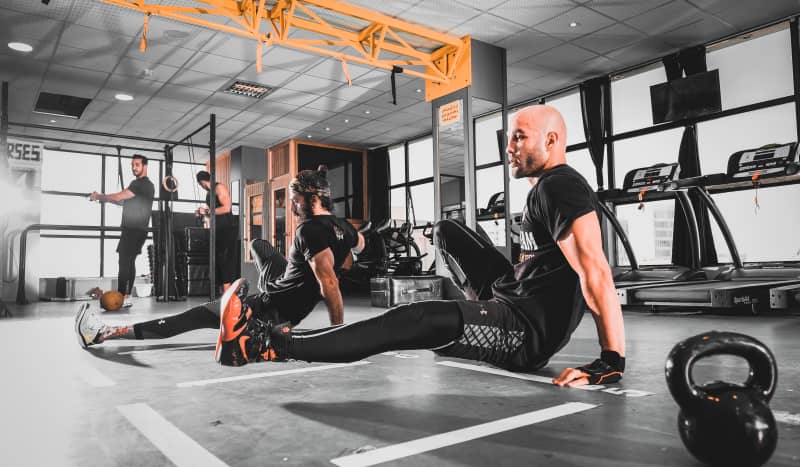
Prevent Repetitive Strains & Injuries
Some of the worst injuries are those that keep recurring. Whatever you do, every month or two you seem to get the same biggle or ache or pain.
It is possible to cause your body harm with a sprain or sport injury whilst performing certain exercises and activities. Such problems usually affect the soft tissues and connective tissues of the body, in particular, the musculoskeletal system.
What Type of Injuries?
Ligaments, tendons and joints are vulnerable to a strain or sport injury as well as sprains. In severe instances, rest and immobilisation will be required to ensure that any damage to the body is repaired.
Solid casts and long term rehabilitation along with the potential for operations and surgery may be necessary to correct a strain or sport injury that may have occurred.
What's The Most Frequent?
The most frequently occurring strains or sport injury can affect the ankles and tears to ligaments usually have differing levels of severity. Swelling and slight tenderness can result following tears, partial ruptures, ruptures and sprains.
Symptoms include obvious swelling, bruising and often difficulty or the inability to walk properly. Avulsion is the term given to severe sprain in which the ligament becomes completely torn from the bone.
Internal bleeding, joint instability and extreme swelling are the most common factors to consider here. Muscle soreness, spasms pain and swelling result from such injuries.
What Do You Do If You Get One?
In the event that you do experience such problems following exercise related accidents or incidents, traditional treatments involve simply resting the affected area, using cold compresses and ice packs or wrapping the damaged area with compression bandages.
An excellent way to promote healing is by keeping the affected body part raised. Immobilising the area is usually a great way to ensure no further problems can occur and helps to limit the pain involved.
Fractures can also pose problems so X-Rays are a good idea to establish the extent of the damage involved with any injuries. There a various forms of medication that can help to alleviate the pain associated with such problems.
Aspirin, ibuprofen and acetaminophen are extremely useful for the more routine injuries or minor pain and can assist with reducing inflammation.
Sometimes however, for more serious conditions, paracetamol with codeine is used.
Most Popular
- › Types of Diets & Weight Loss Programs
- › Getting Your Balanced Diet
- › Body Conditioning through Exercise
- › Exercise Helps Weight Loss
- › Your Calorie Intake for Weight Loss
- › Weightwatchers Review
- › Activities for Getting Fit
- › What is Healthy Weight Loss?
- › 5 A Day for Healthy Eating
- › Vitamins & Minerals in Foods
You may also be interested in...
Body Conditioning Through Exercise
Find out about ways to get body conditioning into your workout plans. Exercise will help you tone as well as condition your body and is a key route to long term weight loss.Mind and Body Classes
Find out more about body and mind classes and how exercising in this way can help motivate you to further weight loss and slimming.Body Mass Index BMI
Measure your own Body Mass Index using a calculator and chart. Your BMI is a simple ratio that shows whether you are likely to be overweight with BMI information.Body Wraps
Discover how contoured Body wraps can help motivate you and help with weight loss. From shapewear to help with the inch loss through to advice and tips choose Slimming.co.uk to help you.Losing Body Fat
Losing body fat is the key to weight loss in the long term. Find out how to do it through dieting and exercise with some simple tips and guides.
